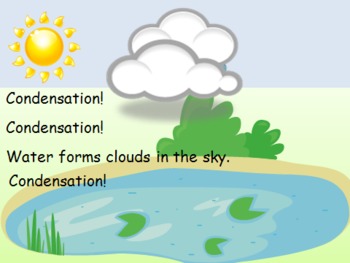

The quest to produce a Bose–Einstein condensate in the laboratory was stimulated by a paper published in 1976 by two Program Directors at the National Science Foundation (William Stwalley and Lewis Nosanow). In 1938, Fritz London proposed the BEC as a mechanism for superfluidity in 4 Einstein proposed that cooling bosonic atoms to a very low temperature would cause them to fall (or "condense") into the lowest accessible quantum state, resulting in a new form of matter. Bosons, particles that include the photon as well as atoms such as helium-4 ( 4 The result of their efforts is the concept of a Bose gas, governed by Bose–Einstein statistics, which describes the statistical distribution of identical particles with integer spin, now called bosons. ) Einstein then extended Bose's ideas to matter in two other papers.

(The Einstein manuscript, once believed to be lost, was found in a library at Leiden University in 2005. Einstein was impressed, translated the paper himself from English to German and submitted it for Bose to the Zeitschrift für Physik, which published it in 1924. Right: after further evaporation, leaving a sample of nearly pure condensate.īose first sent a paper to Einstein on the quantum statistics of light quanta (now called photons), in which he derived Planck's quantum radiation law without any reference to classical physics. Center: just after the appearance of the condensate. Left: just before the appearance of a Bose–Einstein condensate. Velocity-distribution data (3 views) for a gas of rubidium atoms, confirming the discovery of a new phase of matter, the Bose–Einstein condensate.


 0 kommentar(er)
0 kommentar(er)
